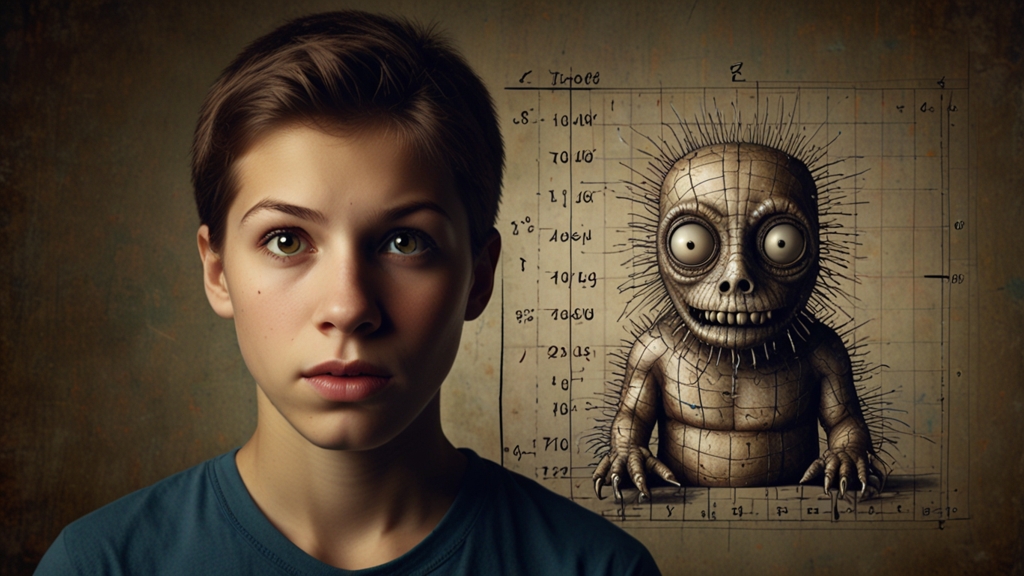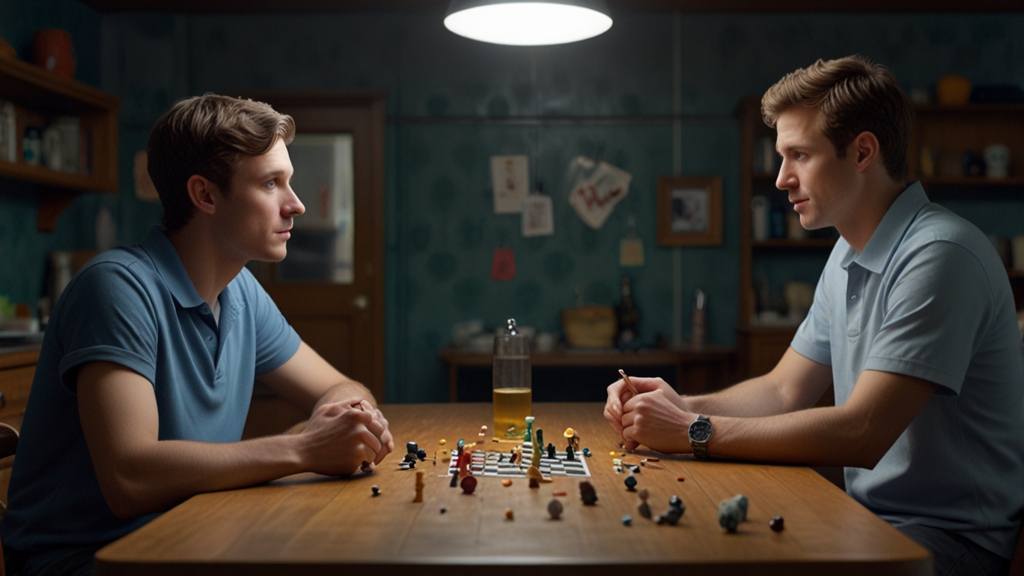The Invention That Almost Took Over the World
Throughout history, innovations have emerged that promised to revolutionize the way we live, work, and interact with the world. Among these countless inventions, few have come as close to accomplishing this feat as an innovation from the mid-20th century: the television. Designed originally as a medium for broadcasting visual content, the television quickly became a central fixture in households around the globe, fundamentally changing the nature of communication, entertainment, and even politics.
The Rise of Television
The television was conceived long before it reached its full potential in the 1950s and 1960s. Early experiments in televised transmission can be traced back to the late 19th and early 20th centuries, with inventors such as John Logie Baird and Philo Farnsworth making significant contributions. By the time television sets began to be mass-produced, they were met with unparalleled enthusiasm; it was a wonder machine that brought the world into the living room.
Initially, television was seen as a luxury item, limited to the wealthy. However, the post-World War II economic boom made it accessible to the broader public. By the late 1950s, TV ownership had skyrocketed, particularly in the United States and Europe. Families would gather around their sets, experiencing a world previously limited by geography and access.
The Golden Age of Television
The rapid adoption of television led to the creation of a new cultural phenomenon. The "Golden Age of Television" is often marked by the 1950s and 1960s when many programs that would become cultural cornerstones were first aired. Shows like "I Love Lucy" and "The Twilight Zone" weren't merely entertainment; they were communal experiences that influenced language, fashion, and societal norms.
Television also played a crucial role in the realm of politics. From the broadcast of the 1960 presidential debates between John F. Kennedy and Richard Nixon to the televised coverage of the Vietnam War, the medium was instrumental in shaping public opinion. For the first time, leaders had to consider their 'on-screen' presence, understanding that their visual appeal could make or break their political careers.
The Impact on Communication
Perhaps one of the most significant impacts of television was on the way people communicated. The ability to broadcast live events revolutionized news reporting. Families no longer relied solely on newspapers or radios; they could now watch live footage of historic events as they unfolded. This immediacy carried an emotional weight that print or audio reporting could not replicate.
“Television brought the brutality of war into the comfort of the living room. Vietnam was lost in the living rooms of America—not on the battlefields of Vietnam.”—Marshall McLuhan
The visuals provided by television made events more visceral and immediate. The power of seeing images with one's own eyes could sway opinions and mobilize masses in a way that the printed word struggled to achieve.
Commercial Influence and Beyond
As television became more prevalent, it also transformed the advertising industry. Commercials became a primary revenue stream for networks, leading to the development of a consumer-driven culture. Brands realized the potential of TV to reach millions, shaping buying behaviors and lifestyles on an unprecedented scale. Terms like "prime time" were coined to denote the hours when the highest number of viewers would be tuned in, and advertising rates soared accordingly.
Despite the initial hesitance from the film industry, which saw television as a threat, the two mediums eventually found a symbiotic relationship. TV series spawned films, and movies were broadcasted on television, creating a cycle of content consumption that fed both industries.
The Decline and Transformation
While the television's influence peaked in the latter half of the 20th century, the advent of the internet began to shift the media landscape in the 1990s. Streaming services, video on demand, and social media platforms have since transformed the way people consume visual content. However, the groundwork laid by television remains evident. Concepts such as episodic storytelling, live broadcasting, and visual advertising owe a great deal to the pioneering days of TV.
“Television has changed the American child from an irresistible force to an immovable object.”—Laurence J. Peter
Today, while television is no longer the undisputed king of media, its legacy endures. The principles and formats it popularized are deeply embedded in current practices, influencing everything from online content to news delivery. In many ways, the television almost took over the world—and in some respects, it still does, albeit in a transformed digital avatar.
Conclusion
The invention of the television was a turning point in the modern era, a device that reshaped society in myriad ways. It was more than just an appliance; it was a portal to a wider world, a platform for storytelling, and a catalyst for change. While new technologies continue to emerge, few have had as immediate and profound an impact as the television. Its story serves as a compelling reminder of innovation's potential to transform our world—sometimes almost entirely.











